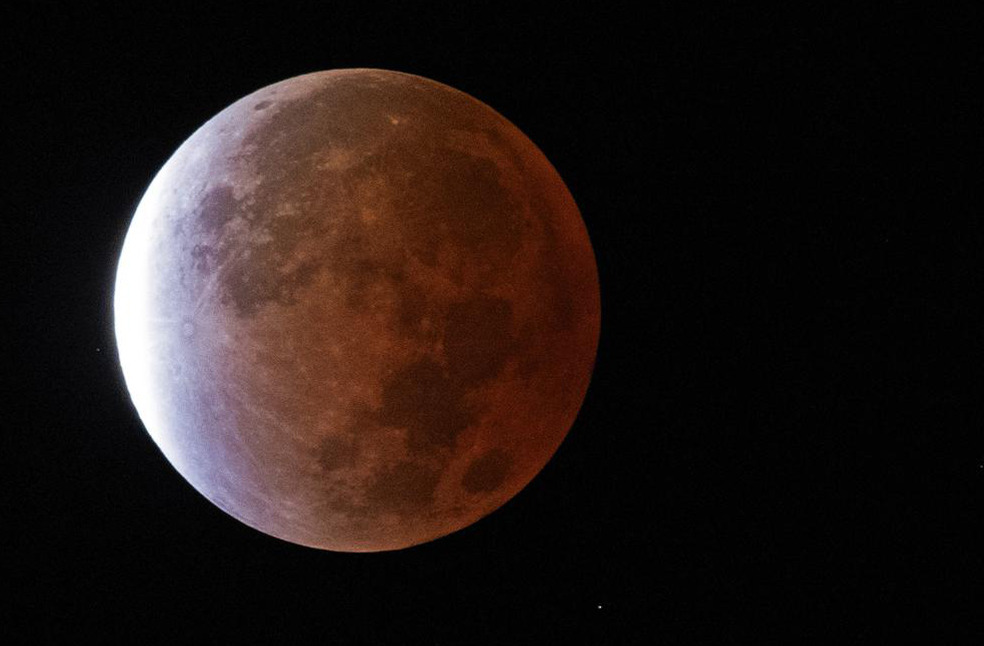London: A rare supermoon partial eclipse was witnessed across the world, captivating stargazers from around the world. The celestial event, combined the spectacle of a supermoon with a partial lunar eclipse, a rare occurrence that thrilled astronomers and enthusiasts alike.
A supermoon happens when the moon is at its closest point to Earth, making it appear larger and brighter than usual. During the eclipse, Earth cast a shadow on the top right corner of the moon, creating a striking partial eclipse. This unique combination of a supermoon and a lunar eclipse made the event particularly special.
This celestial event is exceptional because it combines two rare phenomena. There are only four supermoons annually, with this one being called the Harvest Moon, as it aligns with the traditional crop-gathering season in the northern hemisphere.

Partial lunar eclipses are also infrequent, with the next one not occurring until August 2026. During that celestial event, about 96% of the moon will be shadowed. Thus, witnessing a partial eclipse during a supermoon is a particularly rare occurrence.
Forecasts from earlier had suggested that most of the UK would be able to catch a glimpse of the partial eclipse. However, Scotland and Ireland were in the best position, enjoying the clearest skies.
In the US, conditions were less favourable. Much of the East and West Coasts had to contend with heavy cloud cover, obstructing the view. In contrast, the Midwest and Southwest experienced mostly clear skies, offering better visibility in those regions.
This rare celestial event, a partial eclipse of a supermoon, was of particular interest to NASA and astronomers, who closely monitored the phenomenon to study the moon’s behavior and its interaction with Earth’s shadow. NASA’s observations and data from such events help enhance our understanding of lunar cycles and eclipse patterns.
Sky watchers and photographers across the globe documented the rare event, making it a night to remember for stargazers worldwide.



